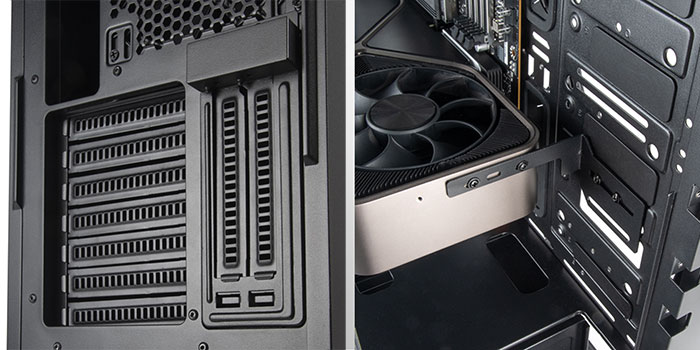Taiwan's SilverStone Technology has launched a new PC case targeting those who wish to create a silent desktop PC with a minimalist premium look and feel. The new SilverStone SETA Q1 isn't one of the firm's compact or HTPC chassis it is most well known for, it is a 56 litre mid-tower design which can accommodate up to SSI-EEB motherboards.
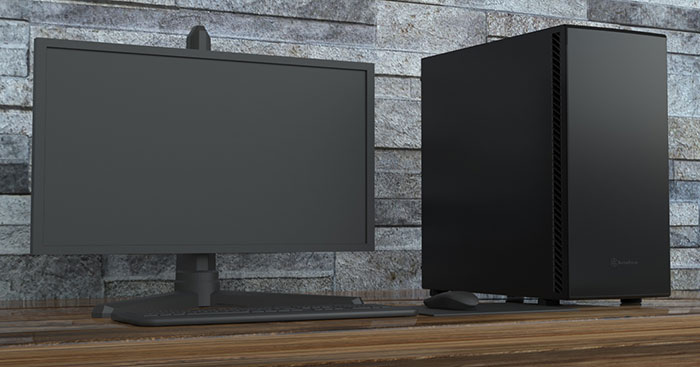
Inside you will therefore enjoy good maximum compatibility figures, with plenty of expansion slots (depending on your choice of motherboard), room for four SATA HDDs, and a degree of versatility. In addition to the easy on the eye design, a major quality of the SETA Q1 is supposed to be that it is easy on the ears with its balance of "great airflow and low acoustic noise level".
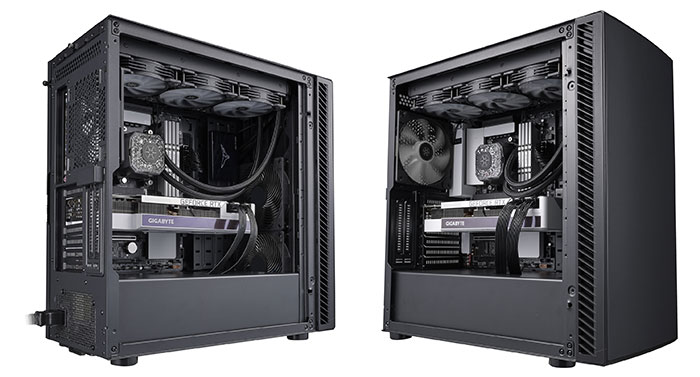
In its mix of publicity materials and product details, SilverStone says that the 'silence' comes from a combination of design factors. Firstly, it has used what it refers to a "sound maze soundproofing technique" on the front panel. In addition, there are traditional sound proofing and dampening materials integrated to the front and side panels, as well as top and bottom.

For max compatibility, SilverStone has produced a nice illustrative graphic, shared above. Below you will see the flexibility offered for adding fans and radiators to this chassis, as you see fit for your build.
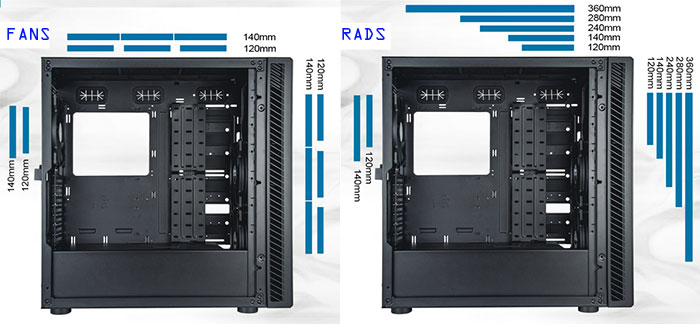
Other aspects of the SilverStone SETA Q1 design worth highlighting are: the support for expansion card vertical mounting (for those wishing to show off their GPU, for example); the inclusion of a multi-functional bracket; a 30 Series GPU support; USB Type-C x 1, USB 3.0 x 2 and combo audio x 1 on the front top edge of the case; superior dust prevention; overall dimensions of 232 x 493.5 x 490.7mm, and weight of 11.64kg.
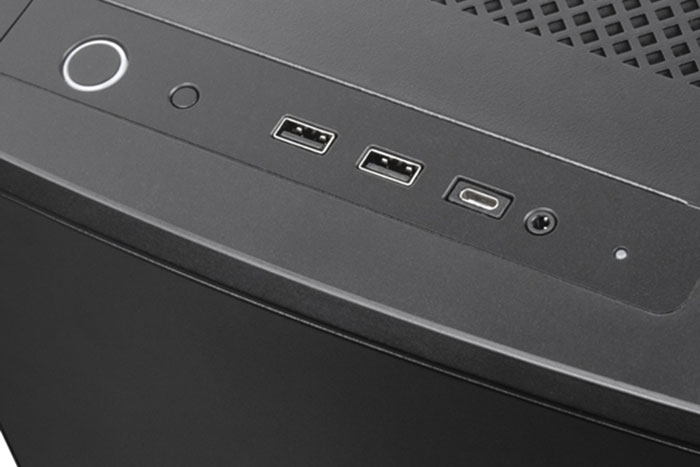
According to TechPowerUp the new SETA Q1 mid-tower will start to become available from October 2021 in parts of Asia, and November or December in North America and Europe. Expect to pay your local equivalent of approx US$220.
